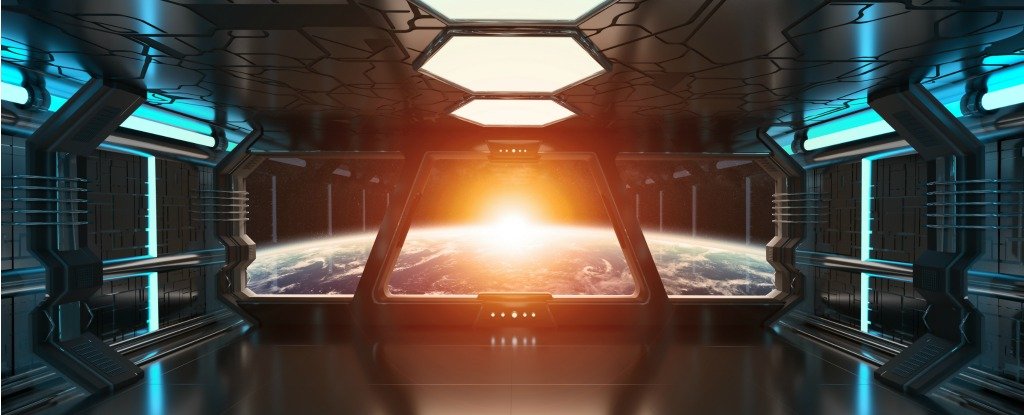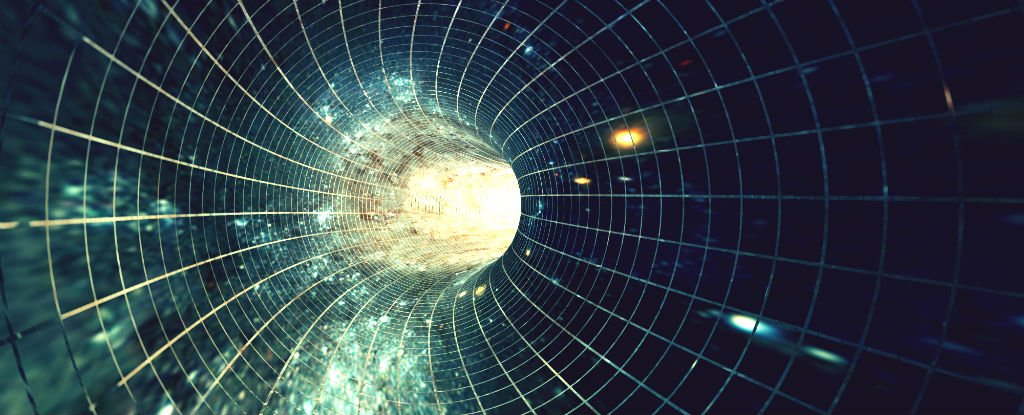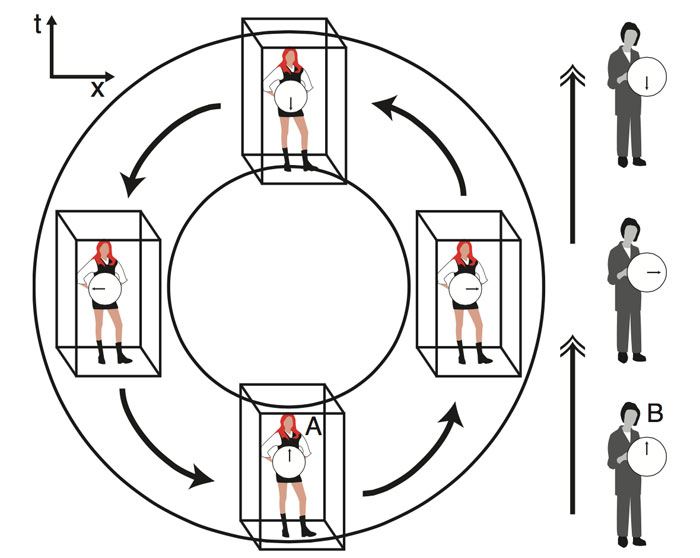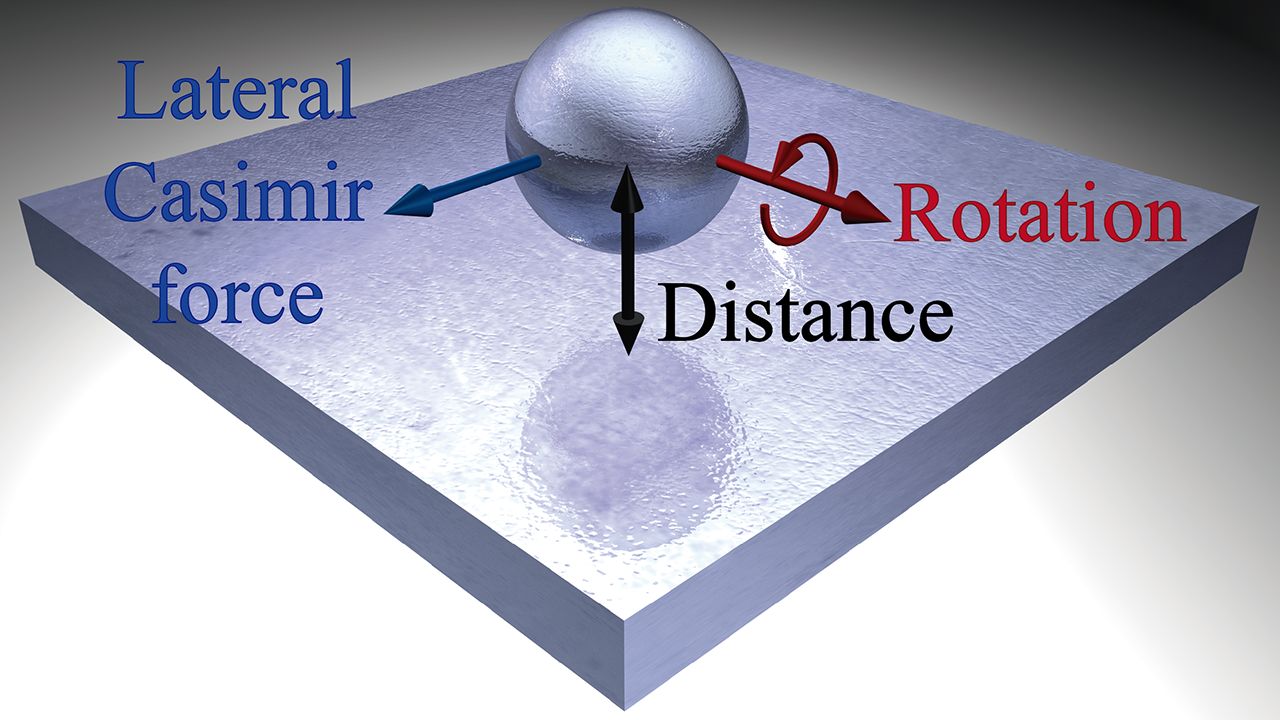
Fossil fuel-less propulsion.
Imagine a jet engine that could propel an aircraft faster than a traditional engine, taking us all the way to the edge of the atmosphere, all without burning fossil fuels - and for a low cost.
That's exactly what plasma jet engines should be able to do, although thus far they have been confined to research labs, mostly those focusing on using the engines to move satellites and other spacecraft.
Now researchers from the Technical University of Berlin are working to bring them out of the lab and into the sky.
Instead of burning fuel and compressed air and then shoving the results out of the back of an engine to cause a forward propulsion, a plasma jet engine mimics a fusion reactor or a star.
It creates electricity by exciting and compressing gas into a plasma, and then generating an electromagnetic field.
Led by Berkant Göksel, the research team aims to marry the plasma engine and the passenger jet to come up with something that could fly at very high altitudes but still take off and land.
"We are the first to produce fast and powerful plasma jets at ground level," Göksel told New Scientist.
"These jets of plasma can reach speeds of up to 20 kilometres a second."
Several obstacles are still standing between the plasma jet engine that can carry us to the edge of space and reality. First, Göksel's team was using tiny plasma thrusters - about 80 millimetres in length.
It would take around 10,000 of these little thrusters to propel a standard commercial-size aircraft, so the current design is a non-starter. For now, Göksel's team intends to use 100 to 1,000 thrusters to move a smaller airship or plane, which ought to be feasible.
Like anything else that runs on electricity - especially something that needs so much electricity - the biggest problem that even the tiny version of the plasma thrusters face is the need for batteries.
They need to be lightweight enough to avoid being counterproductive, yet have enough capacity to supply the needed power. The fact that the ultimate goal is making the thrusters bigger only exacerbates the issue.
So far, this problem hasn't been solved:
"An array of thrusters would require a small electrical power plant, which would be impossible to mount on an aircraft with today's technology," the Technion-Israel Institute of Technology's Dan Lev told New Scientist.
Göksel and his team are, thus far, relying on outside power breakthroughs to bridge this gap. Improvements in solar panels or compact fusion reactors for use on aircraft or spacecraft could be exactly what this system needs.
Until something develops on that front, though, the team intends to create a hybrid craft that uses either rockets or pulse detonation combustion engines to fill in the gaps left by the plasma engine.
This article was originally published by Futurism. Read the original article.





